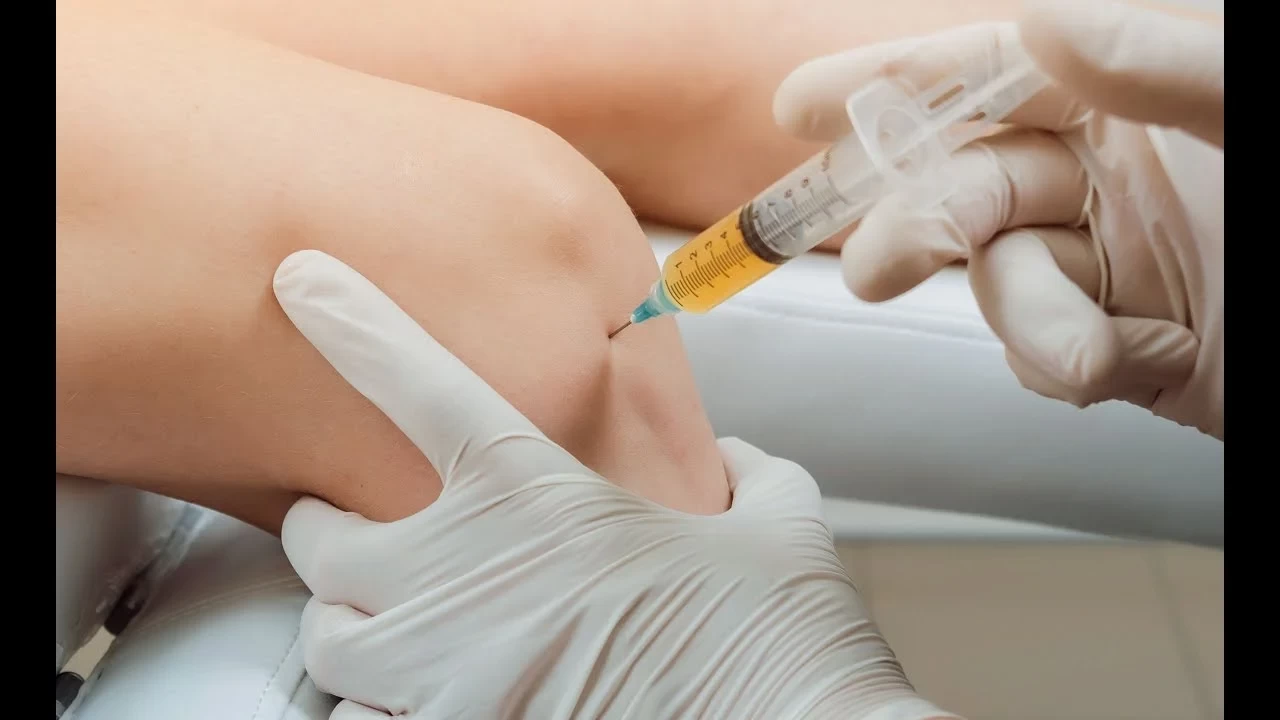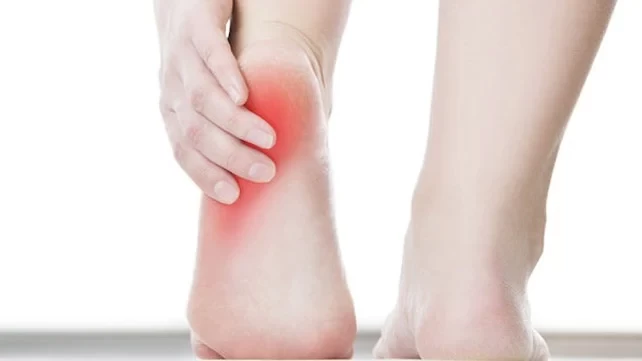Understanding Knee Surgery: What You Need to Know
1. When is Knee Surgery Necessary?
Knee surgery is usually recommended after non-surgical treatments—like physical therapy, medication, and lifestyle changes—fail to provide adequate relief. Common conditions that may lead to knee surgery include:
Osteoarthritis: A degenerative joint disease that wears down cartilage, causing pain and stiffness.
Rheumatoid Arthritis: An autoimmune disease that leads to joint inflammation.
Knee Injuries: Serious ligament, tendon, or meniscus injuries, which are common in athletes.
Degenerative Joint Disease: A condition that results from prolonged wear and tear on the knee.
The decision for surgery comes after a careful evaluation of pain, physical function, and imaging studies, often including X-rays or MRIs, to assess the damage.

2. Types of Knee Surgery
Several surgical options are available depending on the condition and the extent of damage:
Arthroscopy: A minimally invasive surgery where a small camera and tools are inserted through tiny incisions to repair damaged tissues. It’s often used for ligament and cartilage issues.
Partial Knee Replacement: This surgery replaces only the damaged part of the knee, preserving as much of the natural knee as possible. It’s often suitable for patients with damage in only one part of the knee.
Total Knee Replacement: In this procedure, the damaged cartilage and bone are removed from the entire knee joint and replaced with an artificial joint. It’s typically recommended for severe arthritis or extensive joint damage.
ACL Reconstruction: Common among athletes, ACL reconstruction repairs the anterior cruciate ligament, which is crucial for knee stability.
Each type of surgery has its own benefits and recovery times, which a qualified surgeon can explain based on your condition.

3. What to Expect Before and After Surgery
Preparing for knee surgery involves thorough discussions with your doctor about the procedure, risks, benefits, and expected outcomes. Pre-surgery requirements may include physical therapy to strengthen muscles around the knee, blood tests, and adjustments to medications.
After surgery, rehabilitation plays a key role in the success of the treatment. Physical therapy usually starts within a day or two post-surgery, focusing on restoring range of motion, strength, and stability. Most patients see significant improvement within a few months, though a full recovery for a total knee replacement can take up to a year.
4. Recovery Tips for Knee Surgery
The path to recovery varies, but these general tips can help:
Stick to Your Physical Therapy Plan: Consistent exercises are crucial for rebuilding strength and flexibility.
Use Mobility Aids When Needed: Walkers, crutches, or canes help reduce strain as you regain mobility.
Manage Pain and Swelling: Ice, elevation, and prescribed medications can help manage discomfort and promote healing.
Follow a Healthy Diet: Nutrient-dense foods support faster healing and help maintain a healthy weight to reduce pressure on the knee.
Be Patient with Progress: Recovery is gradual, so setting realistic goals can keep you motivated through each stage.

5. Is Knee Surgery Right for You?
Knee surgery can be a life-changing option, offering relief and improved mobility for patients who have struggled with chronic pain. However, it’s important to consider all non-surgical options first. Surgery is usually the last resort, as it requires significant commitment to rehabilitation. Consulting with a specialist who has extensive experience in knee surgery will help you make an informed decision based on your individual needs.
In Summary
Knee surgery can offer a fresh start to those dealing with persistent knee pain and mobility challenges. Whether you’re considering a minimally invasive arthroscopy or a full knee replacement, understanding the procedure, recovery, and potential outcomes can make the journey smoother. If knee pain is affecting your daily life, consult with a doctor to explore your options and determine if surgery could be the solution to help you get back to an active, pain-free lifestyle.


